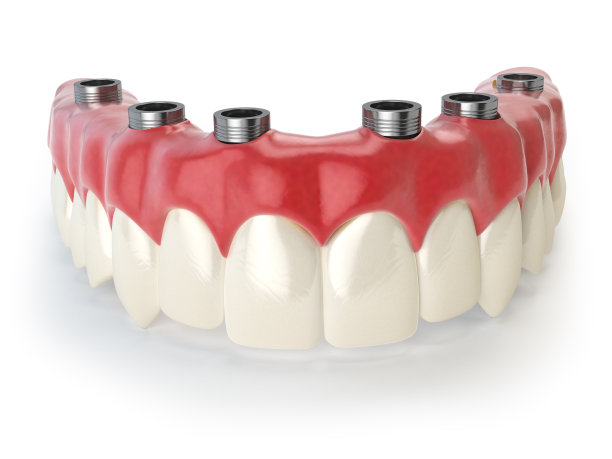Essential Guidelines for Ensuring Safety and Effectiveness During Root Canal Treatment for Optimal Dental Health
Summary: Root canal treatment (RCT) is a critical procedure aimed at preserving dental health by addressing infections and damaged pulp within the tooth. This article outlines essential guidelines to ensure safety and effectiveness during RCT, emphasizing the importance of proper diagnosis, choice of materials, environmental control, and post-treatment care. By adhering to these practices, dental professionals can optimize patient outcomes and ensure a comfortable experience. Understanding each of these components contributes to not only the immediate success of the treatment but also long-term dental health, making it vital for both dentists and patients to recognize their significance.
1. Importance of Accurate Diagnosis

Accurate diagnosis is the cornerstone of effective root canal treatment. Before initiating the procedure, it is essential to conduct comprehensive dental examinations, including X-rays and clinical assessments, to evaluate the extent of the tooths damage. An accurate diagnosis helps in determining whether the tooth can be salvaged or if extraction is necessary.
Moreover, identifying the presence of any underlying infections or abnormalities in the surrounding tissues allows for tailored treatment plans. Failure to diagnose accurately can lead to complications later, such as persistent pain or the need for additional treatments, which can be costly and uncomfortable for the patient.
In addition, proper diagnosis aids in predicting the prognosis of the tooth post-treatment. A thorough understanding of the tooths anatomy and condition informs the choice of techniques and materials, ultimately impacting the treatments success.
2. Selection of Appropriate Materials
The choice of materials used during root canal treatment significantly influences the success rates and long-term outcomes. Dentists must select biocompatible materials that promote healing and reduce the risk of infection. Common materials include gutta-percha and various sealing agents, but the dentists expertise and knowledge of the latest advancements are crucial.
Its also important to consider the specific requirements of each case. Factors such as the tooths location, the degree of infection, and the patients overall health profile can dictate the best material choice. In some instances, newer materials may offer better outcomes in sealing and reducing bacterial contamination.
Furthermore, awareness of allergy or sensitivity issues with specific materials is essential. Dental professionals should engage in discussions with patients regarding any past experiences with dental materials to personalize the approach effectively.
3. Maintaining a Controlled Environment
During the root canal procedure, maintaining a sterile and controlled environment is vital for preventing contamination and ensuring patient safety. Infection control protocols must be strictly followed, including the use of gloves, masks, and sterilized instruments to minimize the risk of introducing bacteria into the root canal system.
The operating environment should also be adequately illuminated and organized to facilitate the dentists work. Clear visibility of the dental field is necessary for precise manipulation of instruments and visualization of the root canal system. Lack of clarity can lead to incomplete cleaning or filling of the canals, significantly affecting treatment outcomes.
Additionally, incorporating modern technologies such as dental microscopes can enhance the quality of the procedure. These tools allow for a more detailed view of the intricate anatomy of the tooth, enabling greater precision in treatment manipulation, thus enhancing safety and effectiveness.
4. Importance of Post-Treatment Care
Post-treatment care is an essential element in ensuring the long-term success of root canal therapy. After the procedure, patients must be properly informed about care practices to follow, including pain management techniques and dietary restrictions. Guidance on maintaining oral hygiene is also crucial, as bacteria reinfection is a risk if proper care is neglected.
Follow-up appointments should be scheduled to monitor healing and address any complications promptly. Regular check-ups enable the dental professional to identify issues like infection or incomplete healing, allowing for timely interventions when necessary.
Furthermore, educating patients about the signs of complications—such as swelling, pain, or fever—is fundamental. This proactive approach fosters better patient involvement in their recovery process and can lead to a higher overall success rate of the treatment.
Summary: In summary, ensuring safety and effectiveness during root canal treatment encompasses several vital components, beginning with an accurate diagnosis, careful selection of materials, maintaining a controlled environment, and diligent post-treatment care. Each of these elements plays a critical role in the outcome of the procedure, aiding in optimal dental health and patient satisfaction.
By adhering to these essential guidelines, dental practitioners can enhance the quality of root canal treatments, reducing complications and improving the overall experience for their patients.
This article is compiled by Vickong Dental and the content is for reference only.



